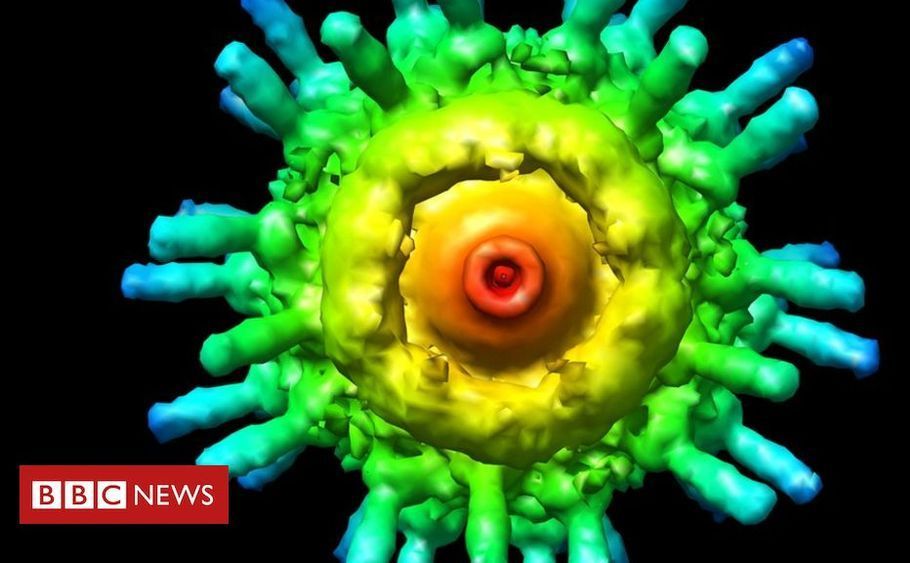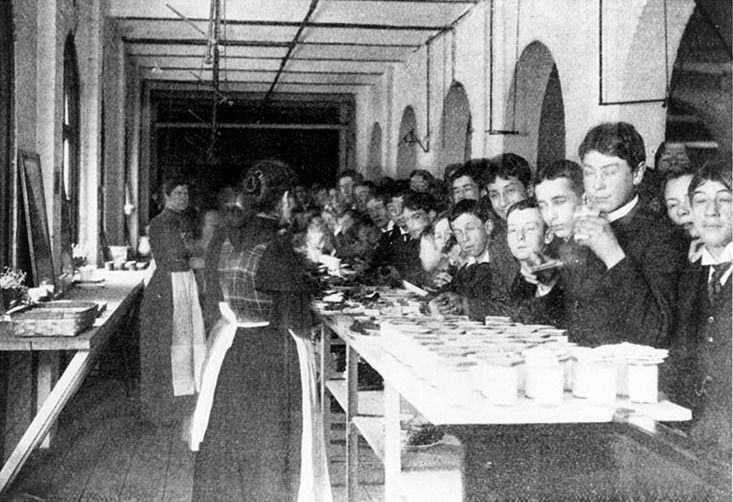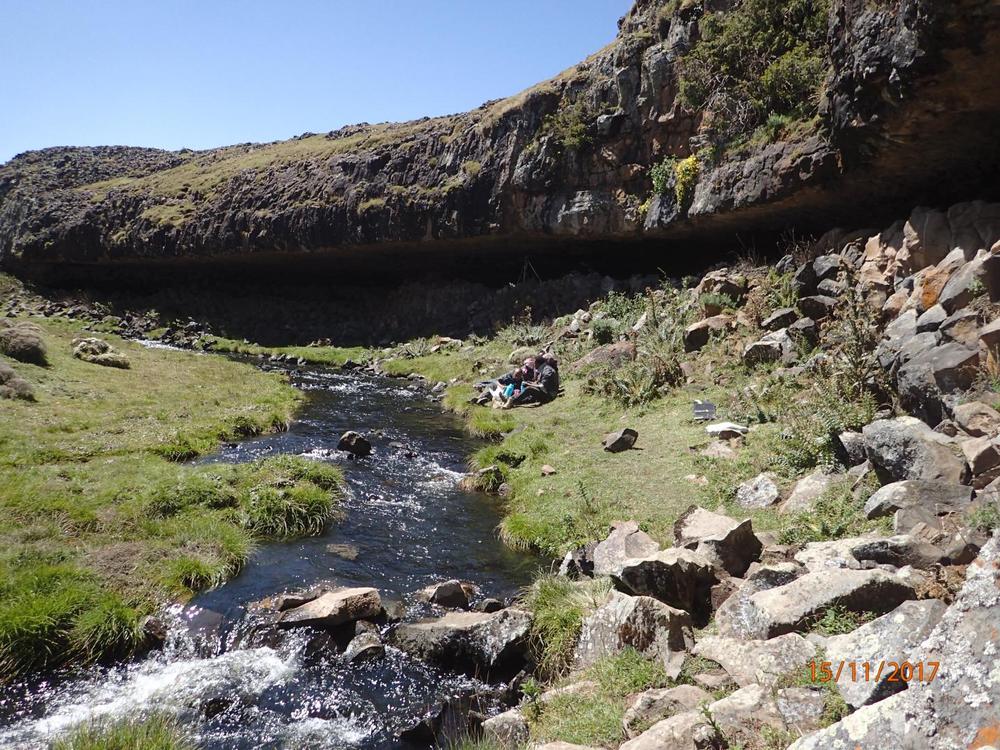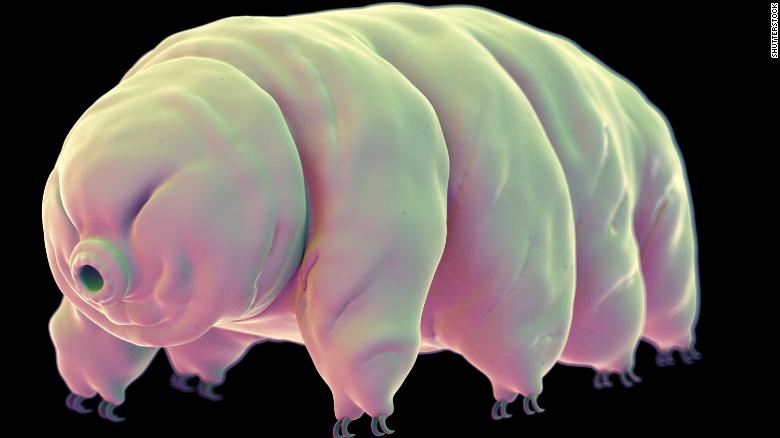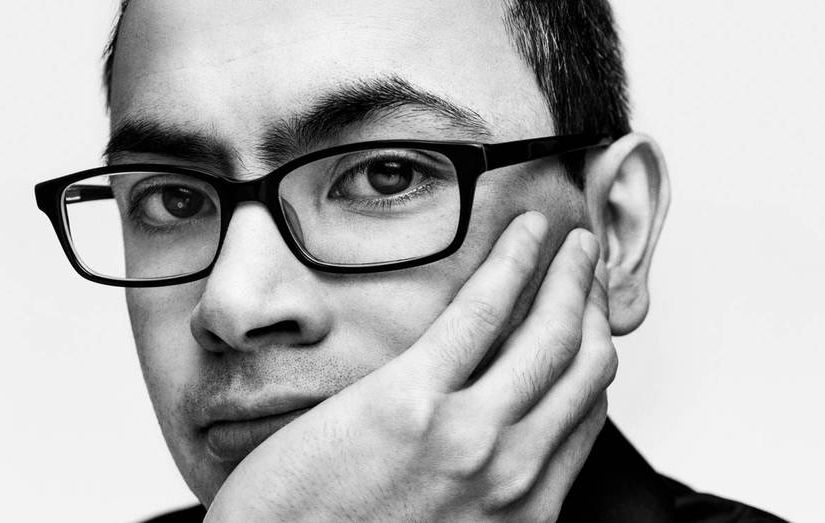Aug 24, 2019
Metagame: A Proposal for Collaborative Construction of a Sacred Science
Posted by Mark Larkento in categories: business, entertainment, health, science
The following is a white paper on the Metagame concept and meme. Metagame means “above” or “beyond” the game. The core idea of the Metagame is that voluntary participation in life itself constitutes a Divine Game with rules, purpose, and feedback. The Game asserts the existence of a Divine Science at the original root of the philosophical and religious tradition and at the root of coordinative social self organization. The Metagame is a shared learning community of people who are involved in research or creative projects that deal with these areas. Such areas are important to the health of the social fabric. Herein, we propose two phases and explore several areas of research that may be relevant to the Game.
Introduction:
“According to our social science, we can be or become wise in all matters of secondary importance, but we have to be resigned to utter ignorance in the most important respect: we cannot have any knowledge regarding the ultimate principles of our choices, i.e., regarding their soundness or unsoundness; our ultimate principles have no other support than our arbitrary and hence blind preferences. We are then in the position of beings who are sane and sober when engaged in trivial business and who gamble like madmen when confronted with serious issues — retail sanity and wholesale madness.” — Leo Strauss, Natural Right and History (1953)

